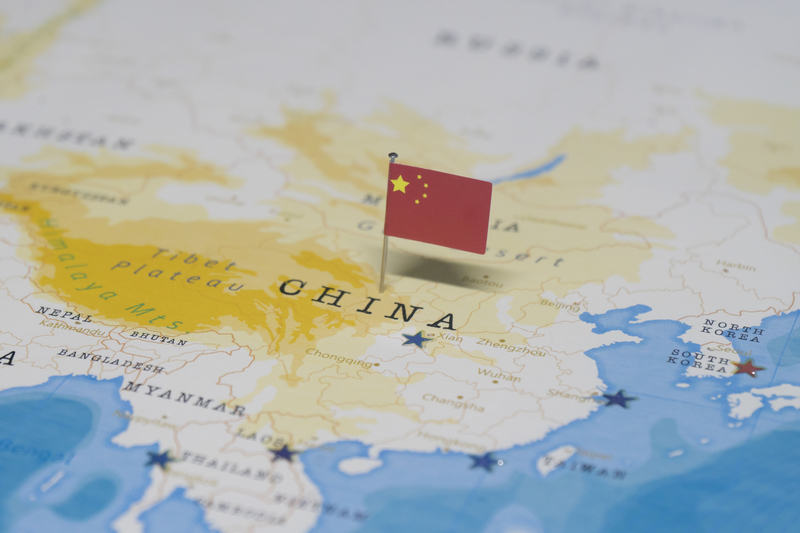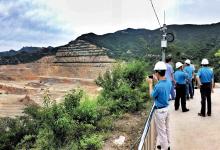
The world’s most populous country, home to 1.3 billion people, China is also the world’s biggest producer and consumer of aggregates. To put that in context, a study published last year by Persistence Market Research, a leading global business market intelligence consultancy, stated that 47 billion tons of construction aggregates were sold globally in 2018, at an estimated value of US$300bn. Given such figures, the fact that China is starting to get back up on its giant economic feet will be warmly welcomed by aggregates product producers and manufacturers of aggregates processing equipment.
Retaining a China focus, I read with great interest a new study by GlobalData, another major global business market intelligence firm, looking at how China is continuing to increase its involvement in infrastructure developments in emerging Asian markets.
GlobalData estimates the total value of Asian infrastructure projects (including building materials) in which Chinese contractors are at least partially involved at around US$235bn. In South Asia alone, the project values total $191bn.
China’s influence is expanding via its Belt & Road Initiative (BRI) – a more than US$1 trillion 21st century silk road, made up of a ‘belt’ of overland corridors and a maritime ‘road’ of shipping lanes. Under the BRI, China is improving infrastructure in emerging markets across the world, facilitating economic development through the companies that can transport goods more quickly and cheaply between countries along various routes.
Danny Richards, lead economist at GlobalData, notes that although wariness has been increasing among emerging-market governments over the risks of relying heavily on China for funding and construction contracts, the wealth of opportunities provided under the BRI can be attractive for administrations with limited funding capacity and rising infrastructure needs.
Expanding on Richards’ comments, the BRI also offers highly attractive commercial opportunities to major and ambitious small- to medium-sized aggregates and other building materials producers and quarrying equipment makers.

From a broader perspective, GlobalData analysis shows that if all infrastructure projects in the pipeline across Asia’s emerging markets proceed as planned, spending on projects involving Chinese contractors could reach $64bn in 2020, up from $23bn in 2014.
China is also the most significant foreign player in infrastructure financing and construction in Africa, mainly through BRI. According to Deloitte’s Africa Construction Trends (ACT) 2019 report, China funds 92 projects, one in every five projects, across the continent (20.4% - up from 18.9% in 2018). It is the second-largest funding source after African governments.
The Deloitte report also highlights how China continues to dominate as the most prolific (and single country) builder of projects across Africa, constructing 140 projects (31%). Projects built by China fall primarily within the transport sector.
China has also become an increasingly significant economic player in the Middle East over the past decade, mainly via the energy markets of Gulf states and the BRI. Indeed, as the European Council on Foreign Relations (ECFR) notes, the region is a strategically vital crossroads for trade routes and sea lanes linking Asia to Europe and Africa, giving it a central role in the BRI’s future.
As the global COVID-19 pandemic crisis eases in many countries and with China’s strategic big-money investment in BRI and other less grand but still important building projects set to continue apace in the coming years, African, Asian and Middle Eastern aggregates demand in the short- to medium-term will remain strong.









